Lapis lazuli, a captivating blue gemstone, has fascinated civilizations for millennia. At WHAT.EDU.VN, we explore the depths of this remarkable stone, revealing its composition, value, and diverse uses. Discover the allure of lapis lazuli, from its historical significance to its modern-day appeal. Interested in learning more about gemstones and their properties? Perhaps you have questions about gem identification or the best way to care for your jewelry? Keep reading and learn or ask WHAT.EDU.VN!
1. Understanding Lapis Lazuli: A Comprehensive Overview
Lapis lazuli, often called simply “lapis,” is more than just a gemstone; it’s a rock. This means it’s composed of several minerals, primarily lazurite, along with other members of the sodalite group like haüyne, sodalite, and nosean. The presence of pyrite, with its golden flecks, adds to its unique character. The rich history and vibrant color have made Lapis Lazuli a sought-after stone for centuries.
- What is the primary mineral in lapis lazuli? Lazurite is the main component.
- What other minerals are found in lapis lazuli? Haüyne, sodalite, and nosean are also present.
- What gives lapis lazuli its distinctive look? The combination of blue lazurite and golden pyrite.
2. The Enduring Value of Lapis Lazuli
The value of lapis lazuli is primarily dictated by its color. The most desirable stones exhibit a deep, intense blue hue with subtle violet undertones. A fine-grained, uniform texture that allows for a smooth and highly polished surface also contributes to its value.
- What is the most important factor in determining lapis lazuli value? Color intensity and purity.
- How do inclusions affect value? Calcite inclusions usually decrease value, while pyrite inclusions can increase it.
- What other factors influence lapis lazuli value? Polish quality and faceting artistry.
3. A Colorful History: Lapis Lazuli Through the Ages
Lapis lazuli’s history stretches back to ancient times. Archaeological discoveries of lapis beads, jewelry, and carvings, some dating back to 6,000 BCE, confirm its long-standing appeal. Its use likely originated in Afghanistan and spread throughout Asia, the Middle East, and the Mediterranean. Some historians believe that many gemstones referred to as “sapphire” in ancient texts may have actually been lapis lazuli.
- Where did the use of lapis lazuli likely originate? Afghanistan.
- What ancient civilizations used lapis lazuli? Ancient Egyptian, Mesopotamian, and Roman civilizations.
- What was lapis lazuli used for in ancient times? Jewelry, carvings, and even pigments.
4. The Colors of Lapis Lazuli: A Spectrum of Blues
Lapis lazuli’s colors range from medium, grayish blue to intense, royal blue, and deep indigo. Varying amounts of white calcite and brassy gold pyrite create a diverse range of appearances. Some prefer a uniform, deep blue stone composed almost entirely of lazurite, while others appreciate the sparkle of golden pyrite inclusions.
- What is the typical color range of lapis lazuli? Medium, grayish blue to intense, royal blue, and deep indigo.
- What causes the different colors and patterns in lapis lazuli? Varying amounts of lazurite, calcite, and pyrite.
- What is “denim lapis”? A lower-quality, lighter blue lapis that resembles denim.
5. Lapis Lazuli in Jewelry: A Timeless Choice
Lapis lazuli, with a hardness of 5-6 on the Mohs scale, requires some care when used in jewelry. However, it remains a popular choice for rings and bracelets, especially when set in protective settings. Pendants, earrings, and brooches can be worn daily with minimal worry.
- Is lapis lazuli suitable for everyday wear? Yes, but protective settings are recommended for rings and bracelets.
- What types of jewelry are best suited for lapis lazuli? Pendants, earrings, and brooches.
- Why is protective setting important for lapis lazuli jewelry? To prevent scratching and damage.
6. Jewelry Trends: Lapis Lazuli’s Ever-Evolving Style
Lapis lazuli’s popularity transcends continents and centuries. “Denim lapis,” once considered low-quality, has found a niche in denim and country-western fashion. While lapis is often set in silver for modestly priced jewelry, there’s a growing trend of using fine-quality stones set in gold, complemented by diamonds or other colored gems. Lapis is also an excellent choice for men’s jewelry due to its rich blue color and durability.
- What is “denim lapis” and why is it popular? A lighter blue variety of lapis that complements denim fashion.
- What metals are commonly used with lapis lazuli in jewelry? Silver and gold.
- Why is lapis lazuli a good choice for men’s jewelry? Its rich blue color, durability, and ease of polishing.
7. Synthetic Lapis Lazuli: Man-Made Marvels
Synthetic lapis lazuli has been successfully created, offering an alternative to natural stones. These synthetics, sometimes with pyrite inclusions, are available from many jewelry supply houses.
- Is synthetic lapis lazuli available? Yes, it has been successfully synthesized.
- Who were the pioneers in synthesizing lapis lazuli? Pierre Gilson and Carroll Chatham.
- Do synthetic lapis lazuli stones contain pyrite? Yes, some synthetic versions include pyrite.
8. Lapis Lazuli Imitations: A History of Deception
Imitations of lapis lazuli date back to ancient times. Archeologists have discovered artifacts using glass backed with blue paint and blue ceramic materials in place of the natural stone. Modern simulants include enamel, glass, plastic, and dyed gems like howlite and jasper (often misleadingly called “Swiss lapis”). Sodalite is the only natural gemstone that closely resembles lapis lazuli in color and size.
- How long have lapis lazuli imitations been around? At least as far back as Ancient Egyptian times.
- What are some common lapis lazuli simulants? Glass, plastic, dyed howlite, and dyed jasper.
- What natural gemstone is most similar to lapis lazuli? Sodalite.
9. Identifying Lapis Lazuli: Telling the Real from the Fake
Acid and streak testing can help determine if a lapis specimen is natural, but these tests should only be conducted by a professional gemologist. A drop of hydrochloric acid on lapis lazuli releases hydrogen sulfide gas, which smells like rotten eggs. Streak testing a natural lapis specimen should leave a light blue streak.
- What is the best way to identify natural lapis lazuli? Through professional gemological testing.
- What is the acid test for lapis lazuli? Hydrochloric acid releases hydrogen sulfide gas (rotten egg smell).
- What is the streak test for lapis lazuli? A natural lapis specimen will leave a light blue streak.
10. Sources of Lapis Lazuli: Where Does it Come From?
Afghanistan and Pakistan are known for producing the finest lapis lazuli in commercially significant quantities. While Colorado, USA, produces fine material, its availability is limited. Other sources include:
- Afghanistan: The source of the world’s finest lapis lazuli, found in large blocks and crystals.
- Pakistan: Known for solid, deep blue lapis lazuli with minimal calcite.
- Colorado, USA: Dark-colored lapis lazuli with abundant pyrite.
Other locations include California, New York State, Mongolia, Chile, Italy, Labrador (Canada), and Mogok (Myanmar).
- Which countries are the primary sources of high-quality lapis lazuli? Afghanistan and Pakistan.
- What is the lapis lazuli from Afghanistan known for? Its high quality and large size.
- What are the characteristics of lapis lazuli from Pakistan? Solid, deep blue color with minimal calcite.
11. Lapis Lazuli Sizes: From Small Beads to Large Vases
Lapis lazuli can be found in a variety of sizes, from small beads to large blocks. Afghanistan has produced rough blocks of lapis up to 100 kg with fine color. A 40.5 cm tall vase made of fine blue material can be seen in the Pitti Palace, Florence, Italy.
- What is the typical size range of lapis lazuli? From small beads to large blocks weighing up to 100 kg.
- What is the largest known lapis lazuli artifact? A 40.5 cm tall vase in the Pitti Palace, Florence.
- What is the size of the large block of Chilean material found in Peru? 24″ x 12″ x 8″.
12. Caring for Lapis Lazuli Jewelry: Keeping it Beautiful
To clean lapis lazuli jewelry, use a soft brush and mild soap. Avoid mechanical cleaning methods like steam or ultrasonic systems, as well as chemical solvents.
- What is the best way to clean lapis lazuli jewelry? Use a soft brush and mild soap.
- What cleaning methods should be avoided? Steam or ultrasonic cleaning and chemical solvents.
- Why should these cleaning methods be avoided? To prevent damage to the stone.
13. Lapis Lazuli and Spirituality
Lapis lazuli is often associated with spiritual and metaphysical properties. It is believed to promote inner peace, enhance intuition, and stimulate wisdom. Many cultures have revered lapis lazuli as a stone of truth, encouraging honesty and self-awareness.
- What spiritual properties are associated with lapis lazuli? Inner peace, intuition, and wisdom.
- What Is Lapis Lazuli believed to promote? Honesty and self-awareness.
- Why is lapis lazuli considered a stone of truth? Because it encourages honest communication and self-expression.
14. Lapis Lazuli in Art and Decoration
Beyond jewelry, lapis lazuli has been used in art and decoration for centuries. Ground into a pigment, it created the vibrant blue seen in many Renaissance paintings. It has also been used for inlay work in furniture and other decorative objects.
- How has lapis lazuli been used in art? As a pigment for paints.
- What are some examples of decorative uses for lapis lazuli? Inlay work in furniture and decorative objects.
- What famous paintings used lapis lazuli pigment? Many Renaissance paintings.
15. The Future of Lapis Lazuli
Lapis lazuli continues to be a popular gemstone, cherished for its beauty and historical significance. As fashion trends evolve, lapis lazuli is likely to find new expressions in jewelry and design. Its enduring appeal ensures its place as a timeless and valuable gemstone.
- Is lapis lazuli likely to remain a popular gemstone? Yes, due to its beauty and historical significance.
- How might lapis lazuli be used in the future? In new and innovative jewelry and design applications.
- What ensures lapis lazuli’s enduring appeal? Its timeless quality and valuable properties.
FAQ: Your Questions About Lapis Lazuli Answered
| Question | Answer |
|---|---|
| What makes lapis lazuli so special? | Its vibrant blue color, historical significance, and the presence of pyrite inclusions make it unique. |
| Is lapis lazuli a good investment? | High-quality lapis lazuli with intense color and minimal calcite inclusions can hold its value well. |
| How can I tell if my lapis lazuli is real? | Look for the presence of pyrite inclusions and a deep blue color. A professional gemologist can perform more definitive tests. |
| Can lapis lazuli be repaired if it’s damaged? | Yes, lapis lazuli can often be re-polished if scratched or damaged. |
| Is lapis lazuli safe to wear every day? | Yes, but it’s best to avoid wearing it during activities that could cause scratches or impacts. |
| Does lapis lazuli have any healing properties? | In some belief systems, lapis lazuli is said to have healing properties, such as reducing stress and promoting clarity. However, these claims are not scientifically proven. |
| How does light affect lapis lazuli? | Prolonged exposure to strong light can fade the color of lapis lazuli over time. |
| Is it okay to get lapis lazuli wet? | It’s best to avoid prolonged exposure to water, as it can damage the stone. |
| What are some famous examples of lapis lazuli use? | The death mask of King Tutankhamun and many Renaissance paintings are famous examples. |
| How do I store lapis lazuli jewelry? | Store it in a soft pouch or jewelry box to prevent scratches. |
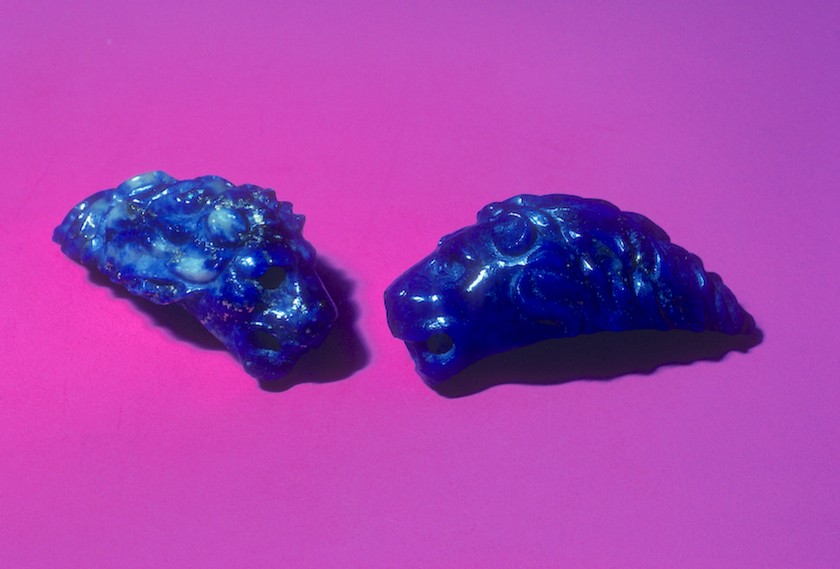

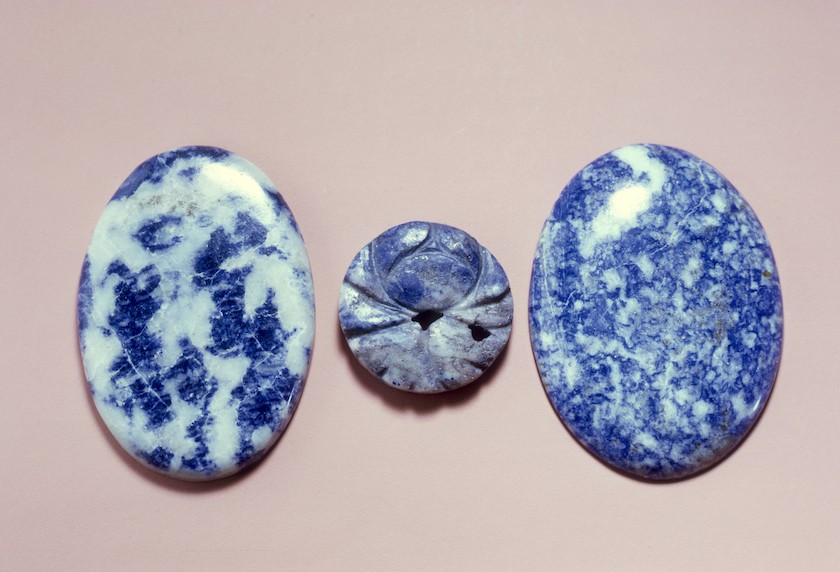
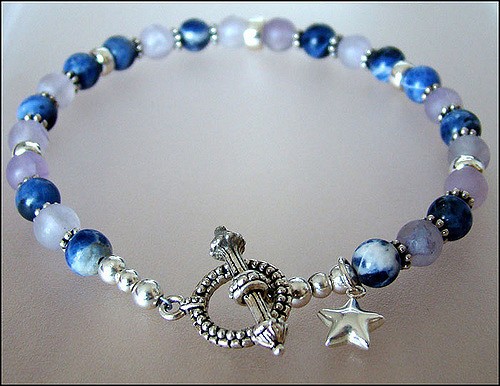
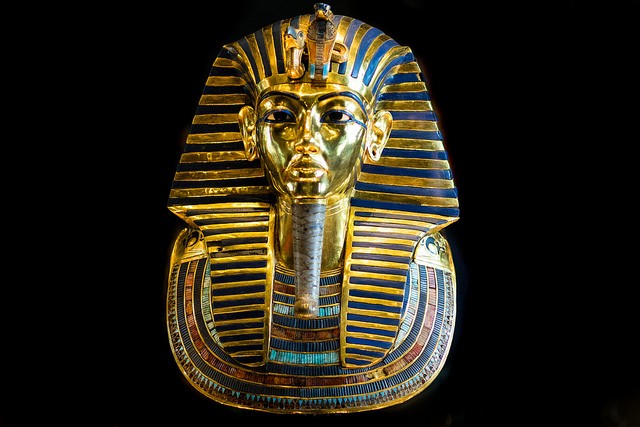
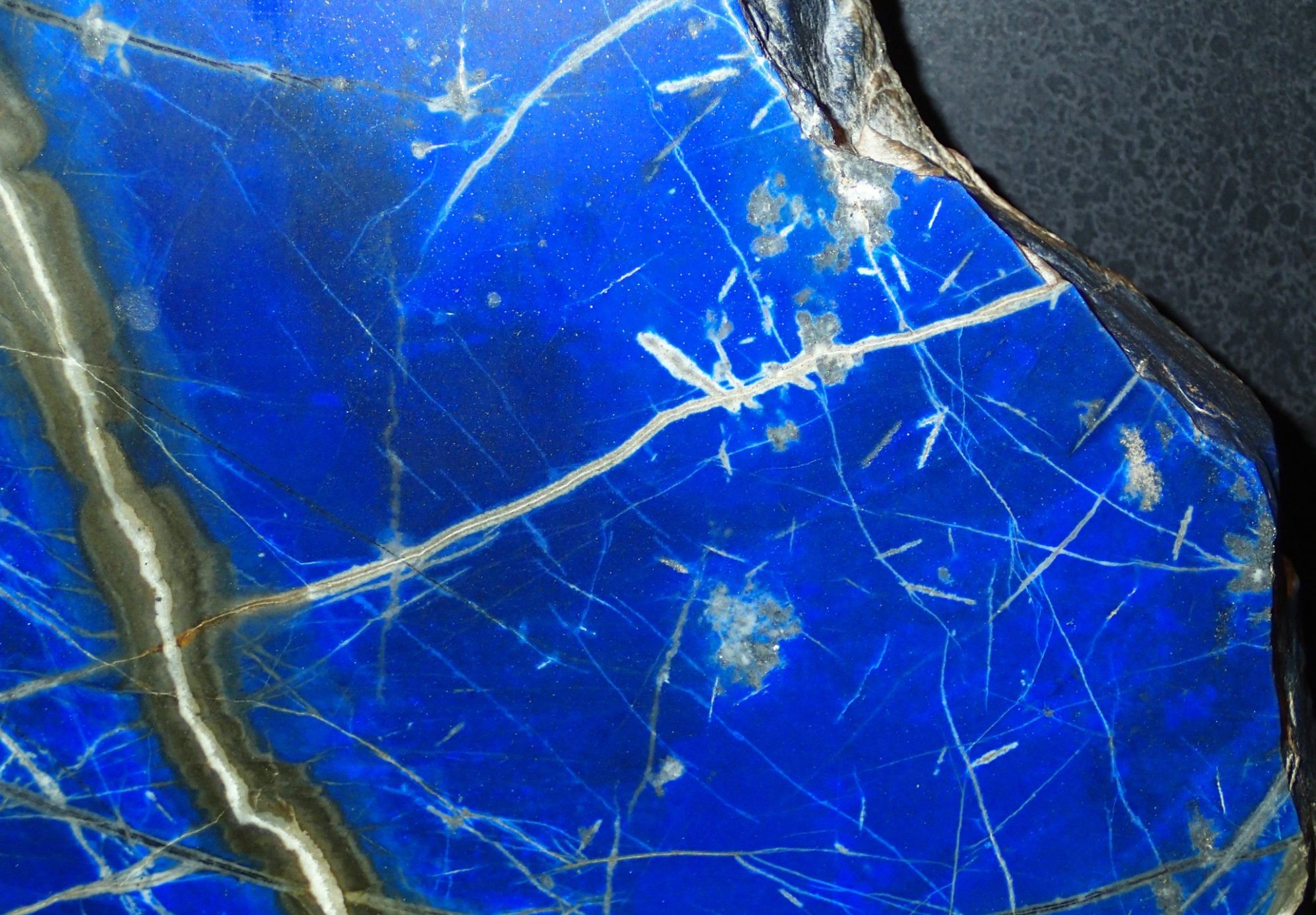
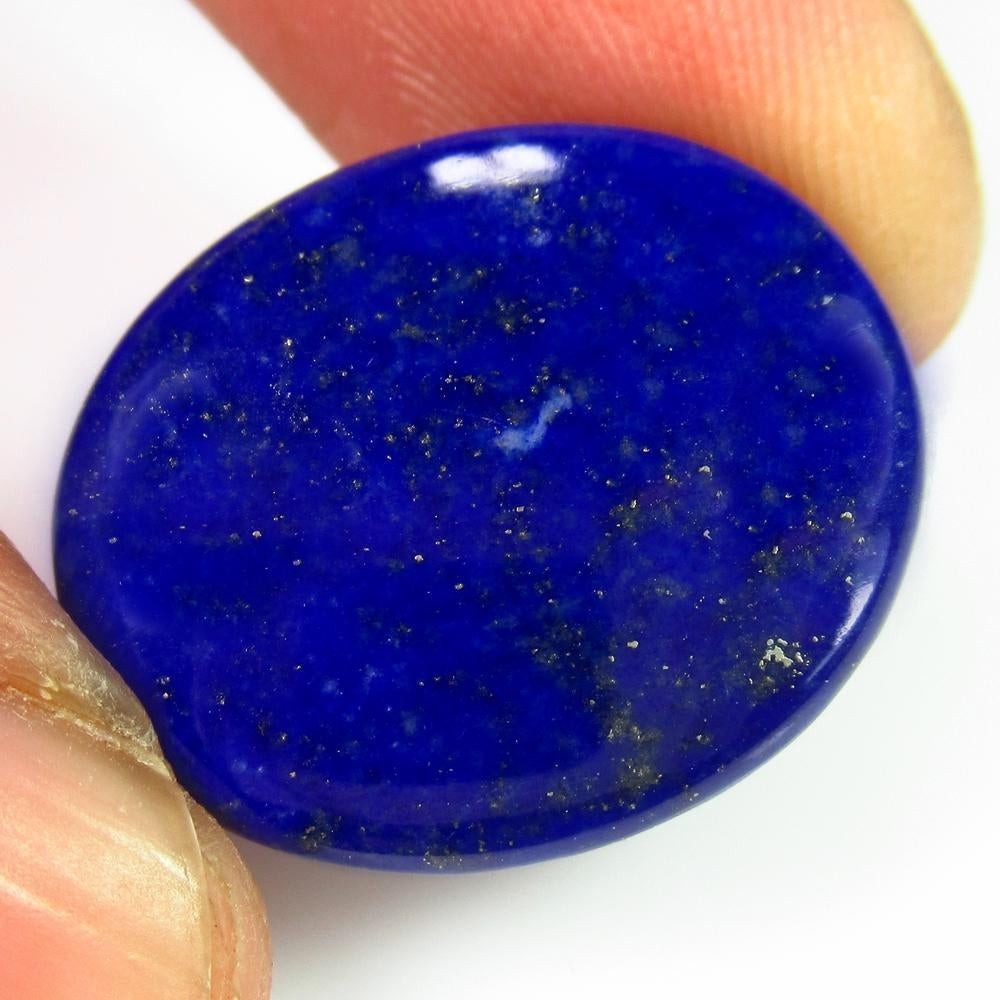
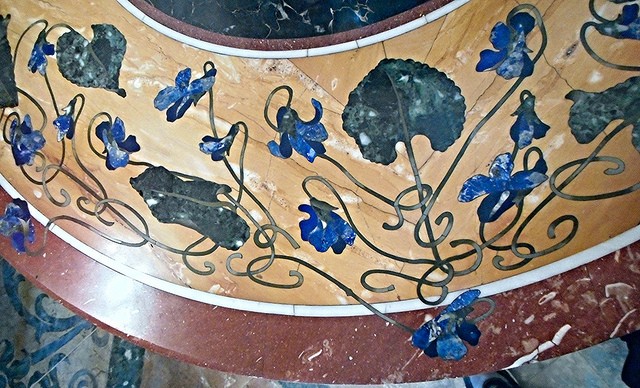
Do you still have unanswered questions about lapis lazuli or other gemstones? Don’t hesitate to ask! At WHAT.EDU.VN, we provide a platform for you to ask any question and receive accurate and helpful answers.
Unlocking Knowledge: Ask Your Questions at WHAT.EDU.VN
Are you curious about the world around you? Do you have questions that need answering? Look no further than WHAT.EDU.VN! We provide a unique platform where you can ask any question, big or small, and receive insightful answers from a community of knowledgeable individuals.
Why Choose WHAT.EDU.VN?
- Free to Use: Ask as many questions as you like without any cost.
- Quick Answers: Get the information you need when you need it.
- Expert Insights: Benefit from the knowledge of experienced users.
- Easy to Use: Our platform is designed for simplicity and convenience.
- Diverse Community: Connect with people from all walks of life.
We Understand Your Challenges:
- Finding Reliable Information: The internet can be overwhelming. We strive to provide accurate and trustworthy answers.
- Knowing Who to Ask: It can be difficult to find someone with the right expertise. Our community includes people with a wide range of knowledge.
- Cost of Consultation: Professional advice can be expensive. We offer a free alternative.
Let WHAT.EDU.VN Help You:
- Expand Your Knowledge: Learn new things and deepen your understanding of various subjects.
- Solve Problems: Get help with challenges you’re facing in your personal or professional life.
- Connect with Others: Join a community of curious and engaged individuals.
Ready to Get Started?
Visit WHAT.EDU.VN today and ask your question! Our community is waiting to provide you with the answers you seek. Unlock the power of knowledge with WHAT.EDU.VN.
Contact Us:
Address: 888 Question City Plaza, Seattle, WA 98101, United States
WhatsApp: +1 (206) 555-7890
Website: WHAT.EDU.VN
Don’t hesitate to reach out – we’re here to help you find the answers you’re looking for. Ask away at what.edu.vn!